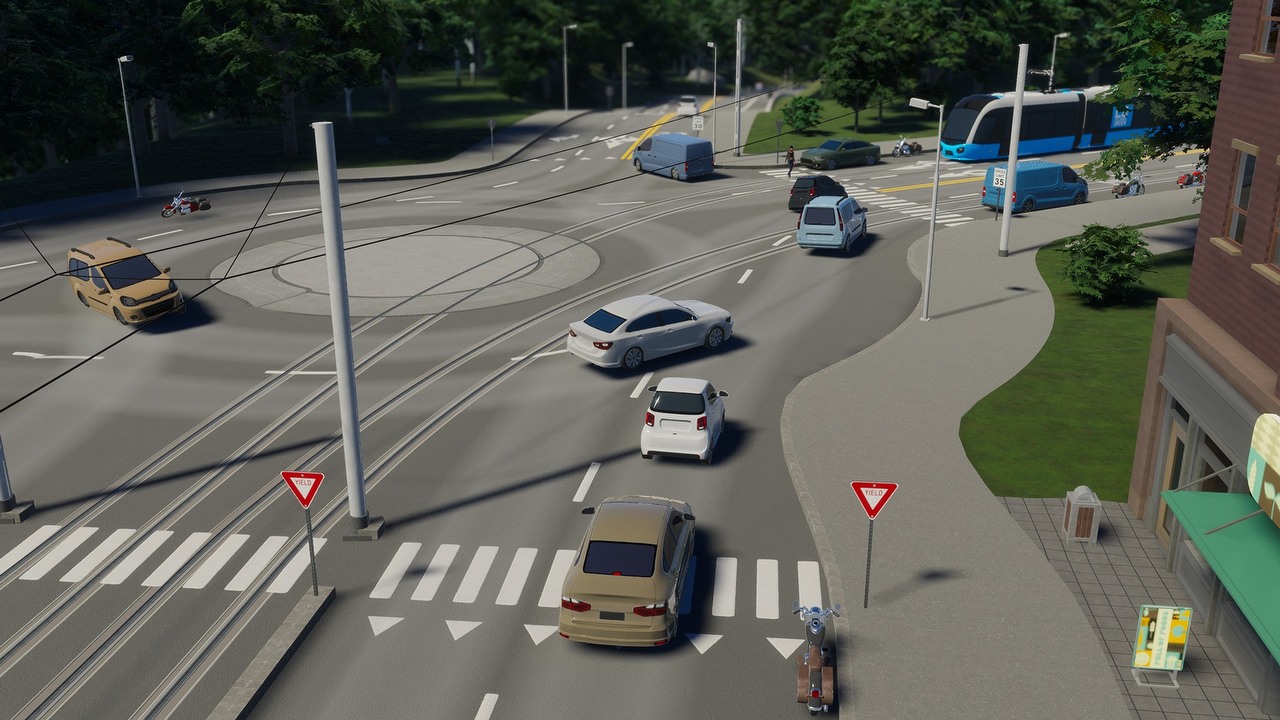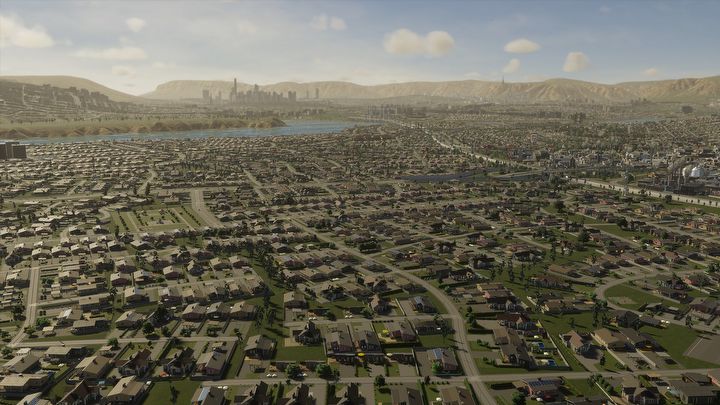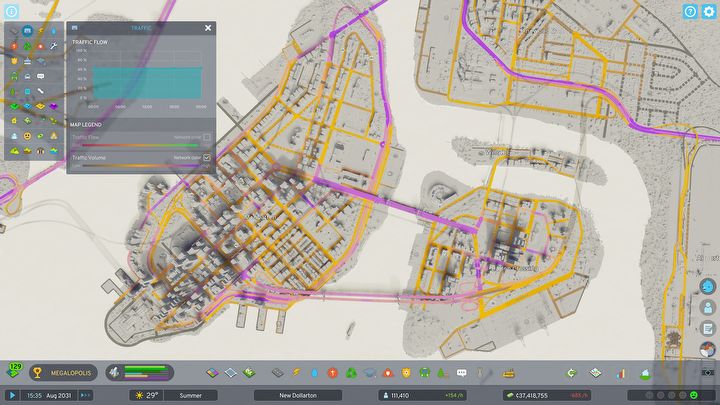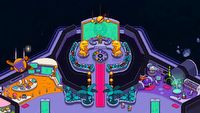Not Just Traffic Jams and Accidents - Here's How Cities: Skylines 2 Changes Road Traffic
We've already had a recap of the changes on the roads in Cities: Skylines 2. Now it's time for traffic jams, accidents and other charms of big city traffic.

As promised, developers of Cities: Skylines 2 have discussed another aspect that will be significantly improved in the continuation of the popular city builder. After road-related improvements, it was time for vehicle movement.
As before, the entry on Steam and Paradox Interactive's official forum is accompanied by a video discussing traffic jams, accidents and the "pathfinding cost." You can watch it below.
The latter term (Pathfinding Cost) refers to changes in route-finding by "agents": residents and service and resource delivery vehicles. In the first Cities: Skylines they usually took the shortest route - only that it was in a straight line and without considering the city's road system. As a result, they didn't always take the optimal route, which in case of urgent issues (for example, fires) could be fatal.
In the sequel, Colossal Order will introduce a much more complicated system. Many factors will determine the choice (or change) of route.
- Time, comfort, money and behavior are the four main aspects based on which residents will determine their routes. The former is usually the priority, but sometimes the others will become more important. It should also be clarified that the last one determines the propensity of an "agent" to make "dangerous" decisions on the road, such as turning or changing lanes.
- Of considerable importance will be the age of the "agents." For teenagers, money will matter more, for adults - time, and for seniors - travel comfort. In addition, an important factor is also parking system.

Cities: Skylines 2 will allow the construction of larger cities.Source: Colossal Order / Paradox Interactive.
On a similar note, path-finding for vehicles will be improved.
- Importantly, when issuing orders for service vehicles, the game will take into account not only their current location, but also their future location (i.e., where they will be when the current task is completed).
- In practice, this means that instead of assigning the nearest unit to - for example - repair a road, the system will issue such a command to a vehicle that will be in the area after dealing with another activity.
- For vehicles delivering resources, the most important thing will be the length of the route - that is, financial considerations.
It is worth mentioning at this point that, despite the much larger number of operations performed by the game, the developers have abolished the upper limit of moving "agents". In other words, cities in Cities: Skylines 2 will be able to have a much larger number of inhabitants than in the first game. This is due to better use of the capabilities of multi-core processors, although probably after the release players will quickly create metropolises that will slay the average PC (or console).
The post also touches on quite a few other traffic issues, including more frequent use of empty lanes (including at traffic circles), parking, the Roads Infoview tool and accidents. Cars will be able to hit not only other vehicles, but also buildings - so it is better to take care of the condition of roads and lighting to reduce the risk of collisions.

The Roads Infoview tool will make it easier to deal with virtual traffic jams.Source: Colossal Order / Paradox Interactive.
Cities: Skylines 2 will be released on October 24 on PC, PlayStation 5 and Xbox Series X/S. The game will also be available immediately on Game Pass.
- Cities: Skylines 2 found a way to avoid another wave of death after changes in new update
- Cities: Skylines follows HoI4 and EU4 and receive a paid subscription. First and second installments of the city builder also gets some new features
- Massive Cities: Skylines 2 update expands homelessness system to mimic real life. Colossal Order also adds difficulty levels and improves traffic
0

Author: Jacob Blazewicz
Graduated with a master's degree in Polish Studies from the University of Warsaw with a thesis dedicated to this very subject. Started his adventure with gamepressure.com in 2015, writing in the Newsroom and later also in the film and technology sections (also contributed to the Encyclopedia). Interested in video games (and not only video games) for years. He began with platform games and, to this day, remains a big fan of them (including Metroidvania). Also shows interest in card games (including paper), fighting games, soulslikes, and basically everything about games as such. Marvels at pixelated characters from games dating back to the time of the Game Boy (if not older).
Latest News
- „A lot has become lost in translation.” Swen Vincke suggests that the scandal surrounding Divinity is a big misunderstanding
- Stuck in development limbo for years, ARK 2 is now planned for 2028
- Few people know about it, but it's an RPG mixing Dark Souls and NieR that has received excellent reviews on Steam, and its first DLC will be released soon
- AI „won't make The Witcher 5,” but CD Projekt Red doesn't despise it. Artificial intelligence isn't responsible for massive layoffs in the game industry
- This is expected to be the biggest year in the company's history. Blizzard prepares an offensive that will overshadow previous years


